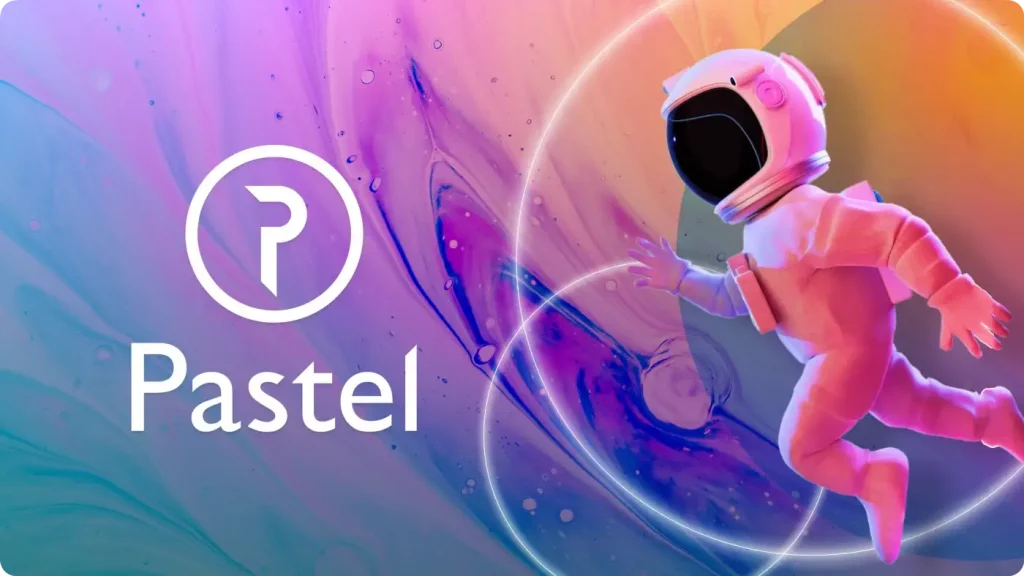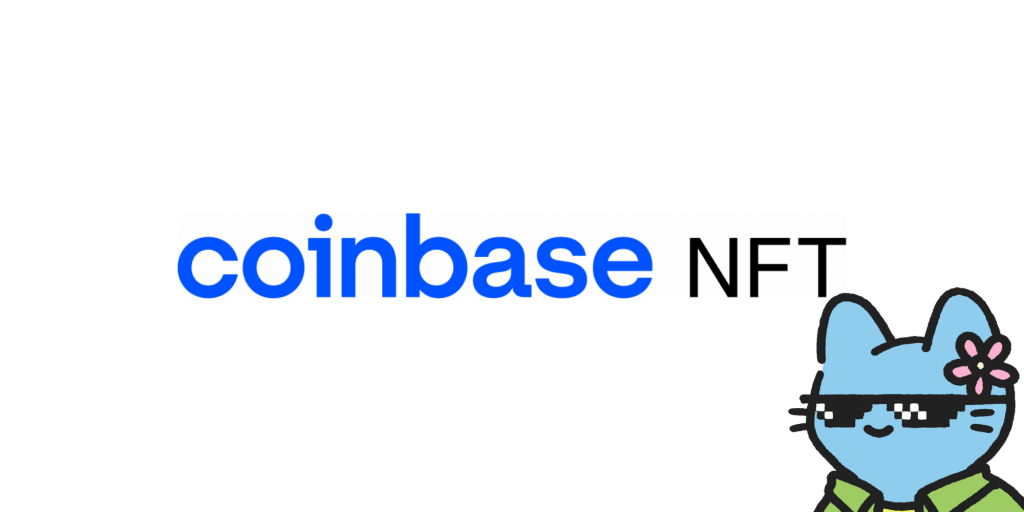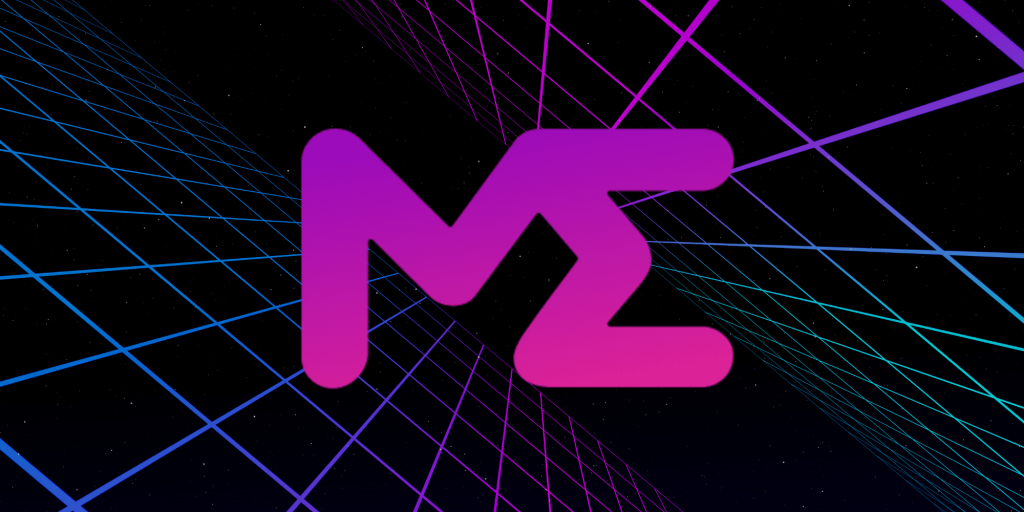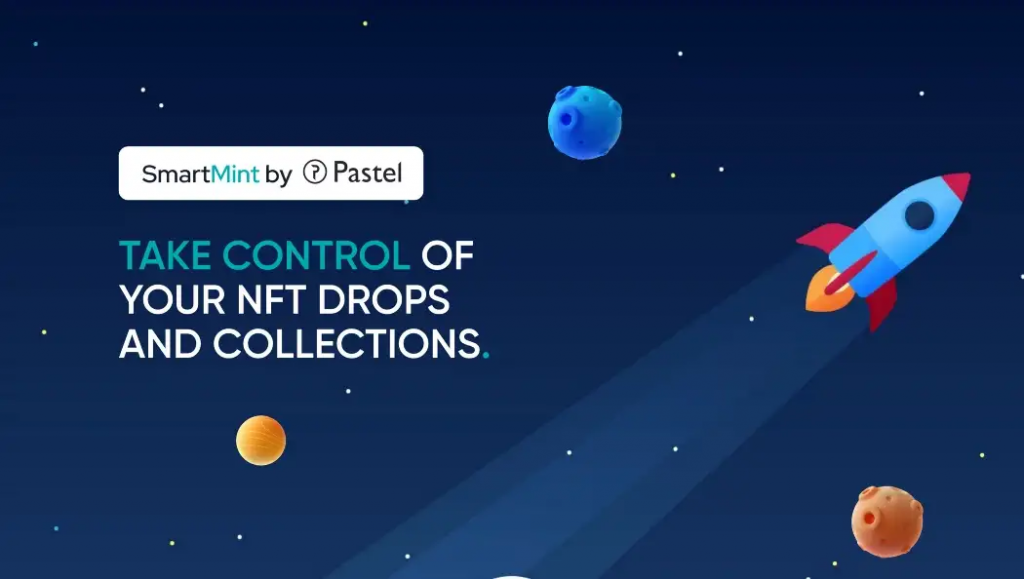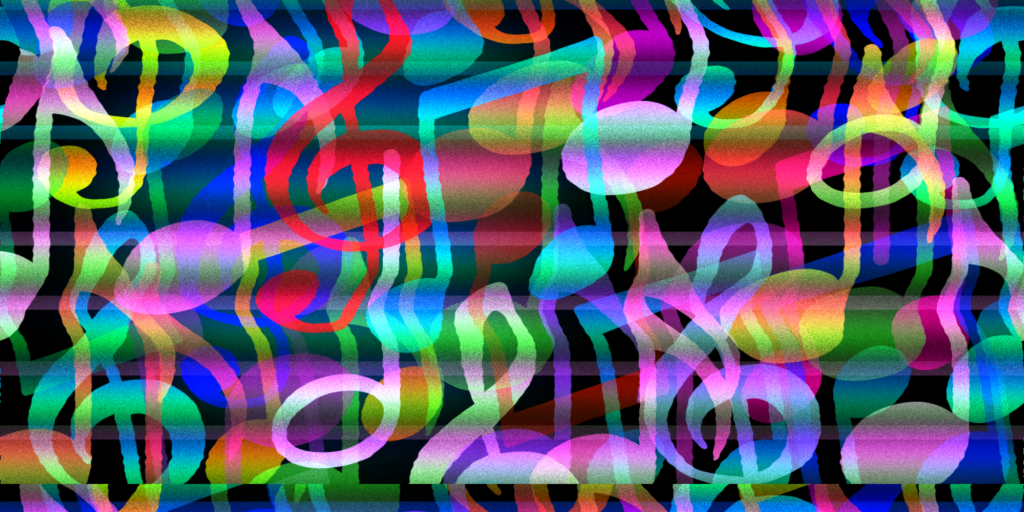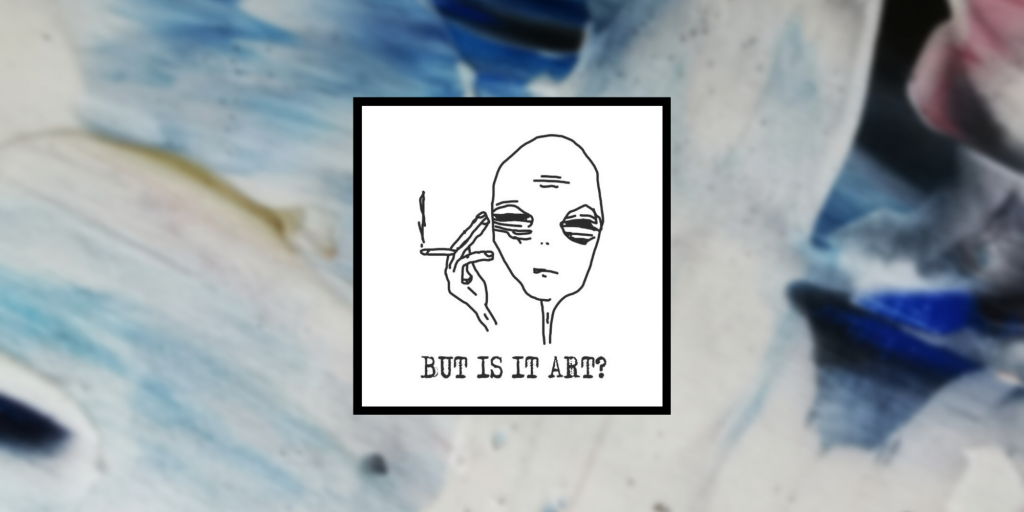Crypto art is (usually) digital art on the blockchain, gaining the “crypto†moniker from the cryptographic elements related to blockchain technology.
If that sentence sounded like a bunch of jargony mumbo-jumbo and threw you for a whirl, don’t fret– we’ll break down crypto art and tie everything back together in this simple guide.
Enter the Blockchain:
The blockchain is a permanent, immutable, transparent, and decentralized ledger that can be accessed from anywhere in the world. Think of it like a gigantic spreadsheet where anyone can request to add information. This information, however, will only be added if specific criteria are met. =
The database is updated by people around the world, who use specialized computers (referred to as miners) to verify the pending information to be added. It’s nearly impossible to add false information.
What the Blockchain Means for Crypto Art:
Since you can’t add false information on the blockchain, you can’t add unauthorized reproductions of crypto art.
You can verify who owns what immediately.
Think of it this way. In the “real†world, if you wanted to buy a Picasso, you would need a fine art expert with a deep understanding of Picasso’s work, the history of the piece, and, if available, the collector’s relationship to it.
In the cryptocurrency world, the blockchain does this automatically. It doesn’t even need to open up the digital file to “see†what the piece of crypto art is.
The blockchain stores the art piece’s history, ownership, and other relevant information described as soon as it’s added. The art is represented by a token, called an NFT.
Enter the “Tokenâ€
A token is the name given to digital assets that don’t use their own blockchain, but rather use the blockchain of someone else.
There are a few platforms, such as Ethereum, that were created to allow other projects to use its blockchain. In doing so, Ethereum has fostered the development of a community of innovators building a wide variety of blockchain-based projects and applications– all of which simply needed to build “on top†of Ethereum’s blockchain rather than their own.
You can think of Ethereum as an iPhone and the various projects using Ethereum’s blockchain as apps on that iPhone.
Now, to use Ethereum’s blockchain as a third-party token, you must meet specific token standards which standardize certain aspects of your project.
Crypto art on the Ethereum blockchain must meet the ERC-721 token standard, popularized in people-speak as “non-fungible tokens.â€
Enter the Non-Fungible Token
A Non-Fungible Token, or NFT, is a token that represents a unique asset on the blockchain. The “fungibility†of an asset refers to whether that asset is equally interchangeable with other similar assets.
For example, a $5 bill has the same amount of value as another $5 bill. However, a sketch by Picasso is valued way more than a doodle by this writer.
If Picasso’s sketch was on the blockchain, it would need to be represented by Non-Fungible Tokens ($5 worth of any token on the Ethereum blockchain would use a different token standard, the ERC-20.)
NFTs can be used to identify all sorts of unique items, like collectibles, lottery tickets, numbered seats for sports matches, access keys, and even houses. Crypto art is just one of the many NFT use cases.
Each NFT comes with a unique ID that describes various characteristics about the piece of crypto art– for example, the specific edition if there are multiple editions produced.
What NFT tokens mean for crypto art:
Seeing as NFTs can be attached to anything, such as JPEGs, GIFs, and MP4s, artists can create their digital art as they normally would, save it in whatever file format, and create an NFT with it.
There are multiple NFT creation platforms that have simplified the Crypto Art tokenization. OpenSea, for example, bills itself as the eBay of the NFT world, allowing users to create and list their own NFTs, and browse a marketplace full of NFTs by other artists.
By creating NFTs, artists are able to release and monetize their creations on an open marketplace like never before. The NFTs verify the true owner of the piece, and can’t be replicated or changed, creating an element of scarcity that accompanies the digital assets.
Final Thoughts: Why Does Crypto Art Matter?
Digital art and graphic design have been around for decades, but the ability to truly “own†and monetize it has been significantly limited.
For example, you can copy as many JPEGs as you want of Nyan Cat, and in a way, you’d own a copy of that image of Nyan Cat. However, with NFTs, someone actually owns a 1/1 NFT of Nyan Cat, created by the original artist and sold for nearly $600,000.
Crypto art is just a tech-enabled evolution of art. Comparing NFTs with tangible art is like comparing apples to oranges– they’re both categorically the same, but so fundamentally different.
Crypto art also has its risks.
“Bit rot†or the gradual deterioration of image quality or corruption of media files is a thing. The risk of many of the blockchain platforms around today not existing in the future is unlikely, but it isn’t a negligible consideration.
However, physical art is also frustratingly fragile– most Renaissance-era paintings that have survived the battle of time still have to be meticulously “touched up†with new paint; ancient vases are one unfortunate tip away from losing a fight with the ground.
Physical art is also extraordinarily cumbersome to ship and move; museums and art galleries spend millions of dollars per year to simply take their art from Point A to Point B.
Crypto art provides a new form for creativity to flourish and survive beyond the physical real world with some distinct advantages over traditional art.
Its propriety can be proven instantaneously, it can be sent to anyone anywhere in the world without degradation, and it can be properly assessed in a more dynamic, real-time marketplace that could potentially consist of hundreds of millions, if not billions, of people in the near future.
